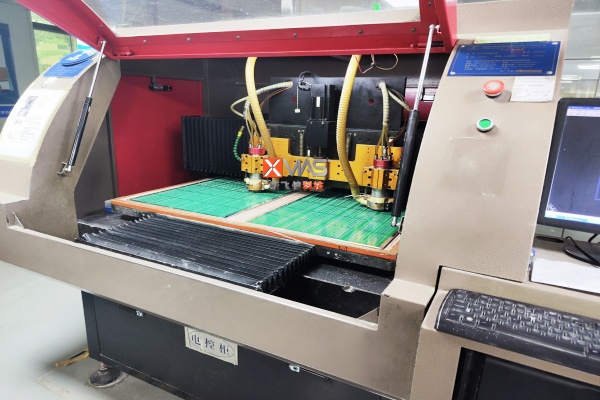PCB prototype chip processing requires a range of techniques and skills to ensure the accuracy and efficiency of the process. The following is a clear summary of the required technology and skills:
I. Technology
1.SMT (surface mount technology):
① One of the core processes, involving steps such as solder paste printing, component placement and reflow soldering.
② Requires mastery of screen printing technology to ensure that the solder paste is evenly applied on the PCB pads.
③Requires an in-depth understanding of the precise placement of components and temperature and time control during reflow soldering.
2.DIP (Dual In-line Package) insertion technology:
① Applicable to larger, more pin components.
② need to master the insertion of components, wave soldering (or selective wave soldering) and other steps.
3.BGA (Ball Grid Array Package) welding technology:
① an advanced packaging technology for high-performance, high-density electronic products.
② Requirements for precise ball grid array alignment, temperature and time control in the reflow soldering process.
4. Inspection technology:
①Use automatic optical inspection (AOI) equipment to check the placement accuracy of components, soldering quality, etc..
② Perform in-circuit testing (ICT) and functional testing (FCT) to verify the electrical performance and functionality of the board.
Skills
1. Precise placement operation:
① Highly precise operation is required to ensure that the position, direction and angle of components are accurate.
② The application of automated equipment improves the precision and efficiency of placement, but also requires operators to have in-depth understanding of the equipment and operating skills.
2. Soldering process control:
① Different types of components require different soldering processes, such as hot air soldering, reflow soldering and so on.
② Operators need to master the appropriate welding process to avoid welding defects and ensure the connection quality of the welded joints.
3. Quality control and testing:
①After SMD processing, strict quality control and inspection are needed.
② Operators need to familiarize themselves with a variety of detection means and methods, such as visual inspection, X-ray inspection, etc., to ensure that the quality of PCBA meets the standards.
4. Equipment maintenance and maintenance:
① Processing equipment needs regular maintenance and repair to ensure its normal operation and extend the service life.
② operators need to master the maintenance of equipment and maintenance knowledge, to be able to find and deal with equipment failure in a timely manner.
Summarize: PCB prototype chip processing requires mastery of SMT, DIP, BGA and other core technologies and precise chip operation, welding process control, quality control and testing and other key skills. At the same time, you also need to understand the maintenance and repair knowledge of the equipment to ensure the smooth progress of the processing and product quality stability.


